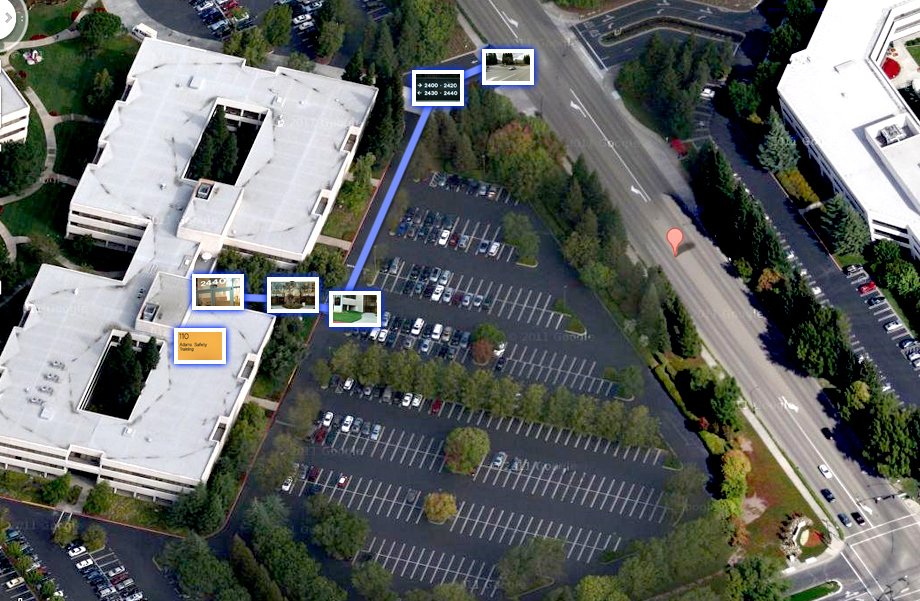January 20, 2015, San Ramon, California: A report entitled “Heart Disease and Stroke Statistics — 2015 Update: A Report From the American Heart Association” released by the American Heart Association (AHA) in January 2015 revealed that about 326,200 people in the U.S. have experienced emergency medical services (EMS)-assessed sudden cardiac arrest (SCA) outside hospitals in 2011. This incidence has declined from the reported incidence of 424,000 in the AHA’s Heart and Stroke Statistics–2014 Update.
According to the 2015 AHA report, the average survival rate in out-of-hospital cardiac arrest (OHCA) cases is 10.6% and among these cases, 8.3% of survivors have good neurological function. One in three SCA victims survives if the cardiac arrest is witnessed by a bystander. Bobby V. Khan, MD, PhD, Director, Atlanta Vascular Research Foundation, said that the findings from the 2015 AHA report suggest motivation and alert. Khan also stated that the U.S. continues to witness one in three deaths due to cardiovascular disease (CVD). However, there has been a notable decline in CVD events over the last 50 years. Reduction in CVD events in the U.S. is attributable to early recognition and improvement of CVD risk factors.
The AHA report also highlighted that 69.5% of OHCA cases generally occur at a residence or home and 25% of EMS treated OHCA have no symptoms before the onset of arrest. Among 25% of EMS treated OHCA, 23% have an initial rhythm of ventricular fibrillation (VF). SCA victims are witnessed by bystanders in 38.7% of cases. SCA is a condition in which the heart stops functioning abruptly and unexpectedly. Although it’s true that SCA is a primary cause of death in adults, but children are not being spared by SCA attacks. Approximately 6,328 individuals in the U.S. with age below 18 years experienced EMS-assessed OHCA. The report has provided valuable insights related to young athletes too. Most sudden deaths in youth athletes are caused due to CVD. Of all the CVD deaths reported in the U.S. in 2014, 54% of them were in high school.
The report also found that heart disease is one of main global causes of death with 17.3 million deaths per year. This number will increase to 23.6 million by 2030. The incidence of out-of-hospital cardiac arrest is higher in men than in women.
According to Khan, earlier intervention in SCA cases can increase the survival chances of victims, thereby leading to a better quality of life. People must be educated about things required to be done by them if they witness SCA emergency.
For more information, visit www.adamssafety.com
About American Heart Association (AHA)
The American Heart Association (AHA) is the U.S.’s largest and oldest voluntary organization fighting for cardiovascular diseases and stroke. AHA funds innovative research, provides lifesaving tools to save lives of people and improves lives and fight for stronger public health policies. The organization includes more than 22.5 million volunteers and supporters who work every day to eliminate these diseases. AHA works for building healthier lives and nation free of cardiovascular diseases and stroke. It provides science-based treatment guidelines to people and healthcare professionals in order ensure that every patient gets best treatment every time.




